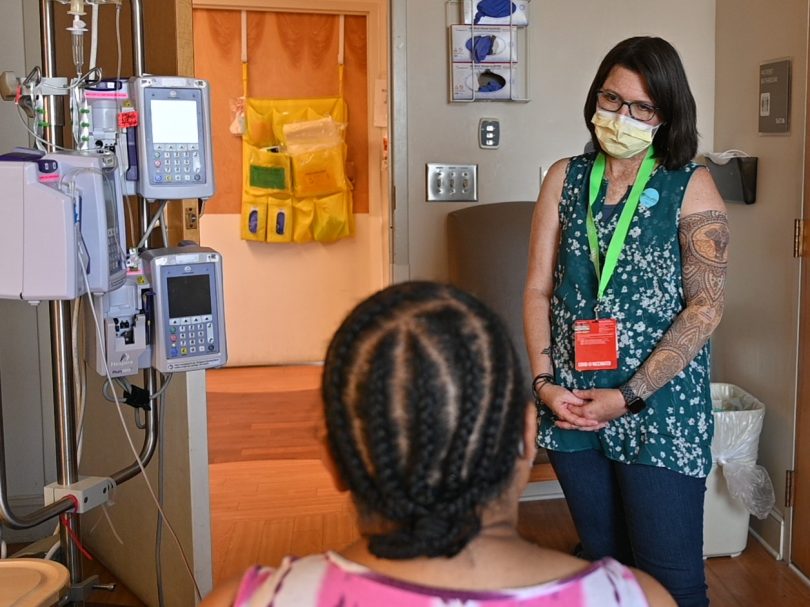Problems “down there” are often hard to talk about, especially as a woman. Here’s what many women have said:
- I pee a little when I cough, laugh, sneeze, lift something heavy or when I just really have to go to the bathroom.
- I have a hard time going to the bathroom even when I feel I have to.
- It hurts to pass a bowel movement – if I’m even able to.
- I wake up more than twice at night to pee.
- I feel “full” in the vaginal area.
- Sometimes I soil my pants or pass gas involuntarily – even during sex.
- My pelvic area seems to constantly hurt – especially during sex.
- My bladder and bowel control problems have changed the way I live my life – for the worse.
- My bladder and bowel control problems make me feel nervous, frustrated and even depressed.
If you found yourself identifying with one or more of these, then you may be experiencing a pelvic floor disorder (PFD). The good news is that they’re common and very treatable, and we have the area’s only board-certified urogynecologist, Dr. Barbara R. Henley, who’s ready to help you.
“This is common – not normal but common,” Henley said.
In fact, one in three women will experience a pelvic floor disorder in her lifetime, but nearly 60 percent of women may wait up to five years or more to talk to their doctor about it.
What are pelvic floor disorders?
PFDs include loss of bladder or bowel control caused by weakening or tearing of the muscles, ligaments and connective tissues that support organs like the bladder, bowels, vagina and uterus. A number of factors can put you at risk for PFDs, including having gone through pregnancy and childbirth, chronic heavy lifting, constipation, genetics, old age, etc.
Common PFDs include the following:
- Incontinence, which includes stress-induced due to coughing, laughing, sneezing or lifting; overactive bladder; or loss of bladder or bowel control.
- Inability to empty the bladder.
- Pelvic organ prolapse occurs when the pelvic organs protrude into the vagina, which can affect other pelvic organs.
- Pain in the lower back, pelvis, bladder and/or urethra.
How are PFDs treated?
“When meeting with patients, we spend time talking about their risk factors and what they’ve done, if anything to address these issues,” Henley said. “Then, I do a pelvic exam that is pretty thorough but painless. Some women may require more testing.”
Treatments for PFDs include the following:
- Physical therapy, like Kegel exercises and biofeedback, to help to strengthen your pelvic floor.
- Making lifestyle changes like losing weight if you are overweight, managing how much fluid you’re consuming, avoiding alcoholic beverages and caffeine, eating plenty of fiber if you struggle with constipation, being physically active (but be careful with high-intensity exercises!) and quitting smoking.
- Medications that can help to manage PFD symptoms.
- Devices, like a pessary, to support the bladder or urethra.
- Procedures and surgery for repairing weakened or torn tissue or providing support to a prolapsed (protruding) organ.
Augusta University Female Pelvic Medicine and Reconstructive Surgery practice provides some of the region’s only treatments and therapies for these conditions, including:
- A da Vinci robotic surgery center featuring the region’s largest and most experienced team of robotic surgeons.
- InterStim therapy for bladder and bowel control.
- Botox injections for overactive bladder.
- Percutaneous tibial nerve stimulation for overactive bladder.
- Treatment for complications related to vaginal mesh.
Here to help you get back to enjoying life.
PDFs are treated by a urogynecologist, aka urogyn, a physician who’s specially trained in female pelvic medicine. Our very own Dr. Henley has not only received the highest level of training possible in urogynecology, but she also focuses solely on treating pelvic floor conditions.





